Last month, I was fortunate to have the opportunity to visit the remarkable Eads Bridge over the Mississippi River in St. Louis. I was in the city for a history of technology conference (SHOT 2018), and I used some free time before the conference to walk over the bridge.
Eads Bridge is named after its designer and builder, James Buchanan Eads. Built between 1869 and 1874, it consists of three steel arch spans and approach works on both the Missouri and Illinois sides (although the current approach works in Illinois are obviously newer than the rest of the bridge). What makes Eads Bridge remarkable is that it was the first to use steel arches on a large scale. With its steel arches and stone abutments, it is also an attractive structure. Here are a few pictures from my visit in October.
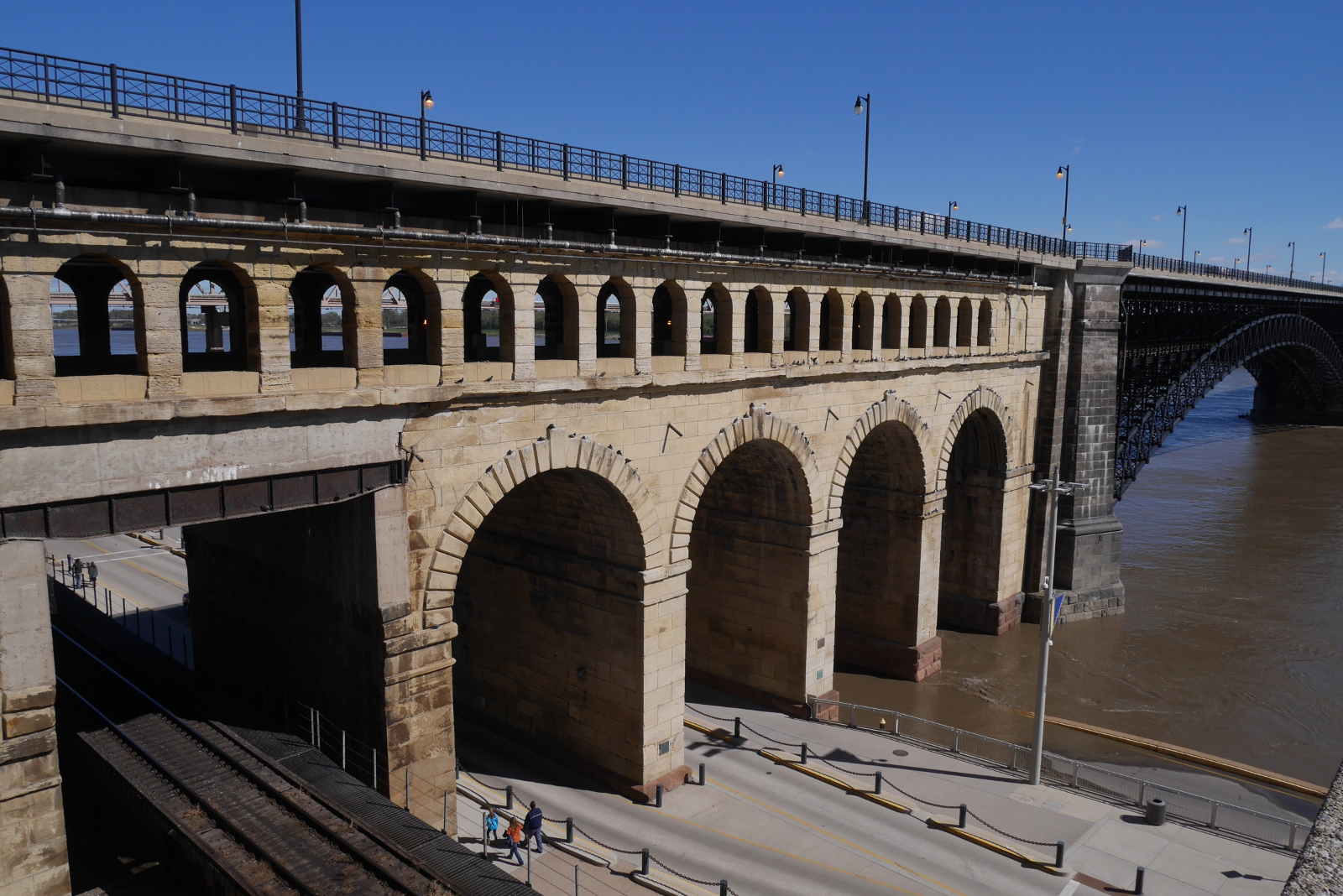
Stone shore spans on the Missouri side. (Judging from historic pictures of the bridge, the approach works on the Illinois side were built more cheaply, probably out of wood. They have since been replaced by reinforced concrete ramps.)
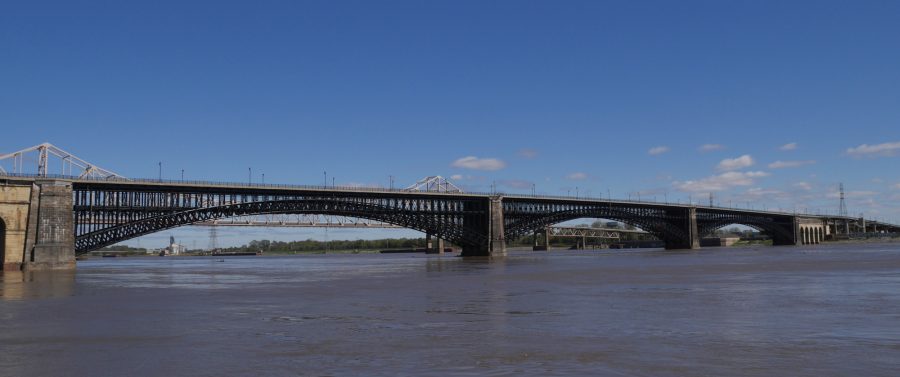
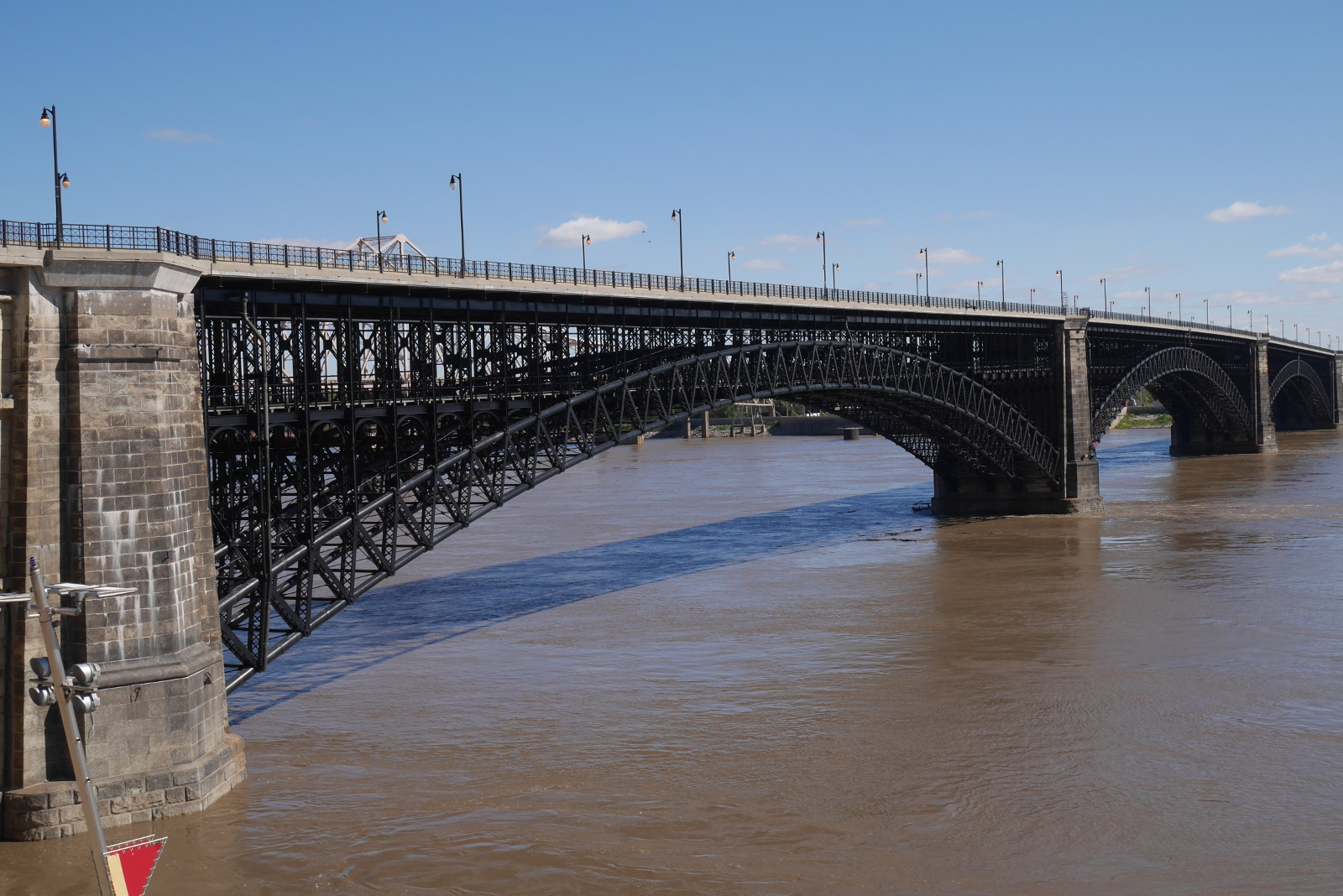
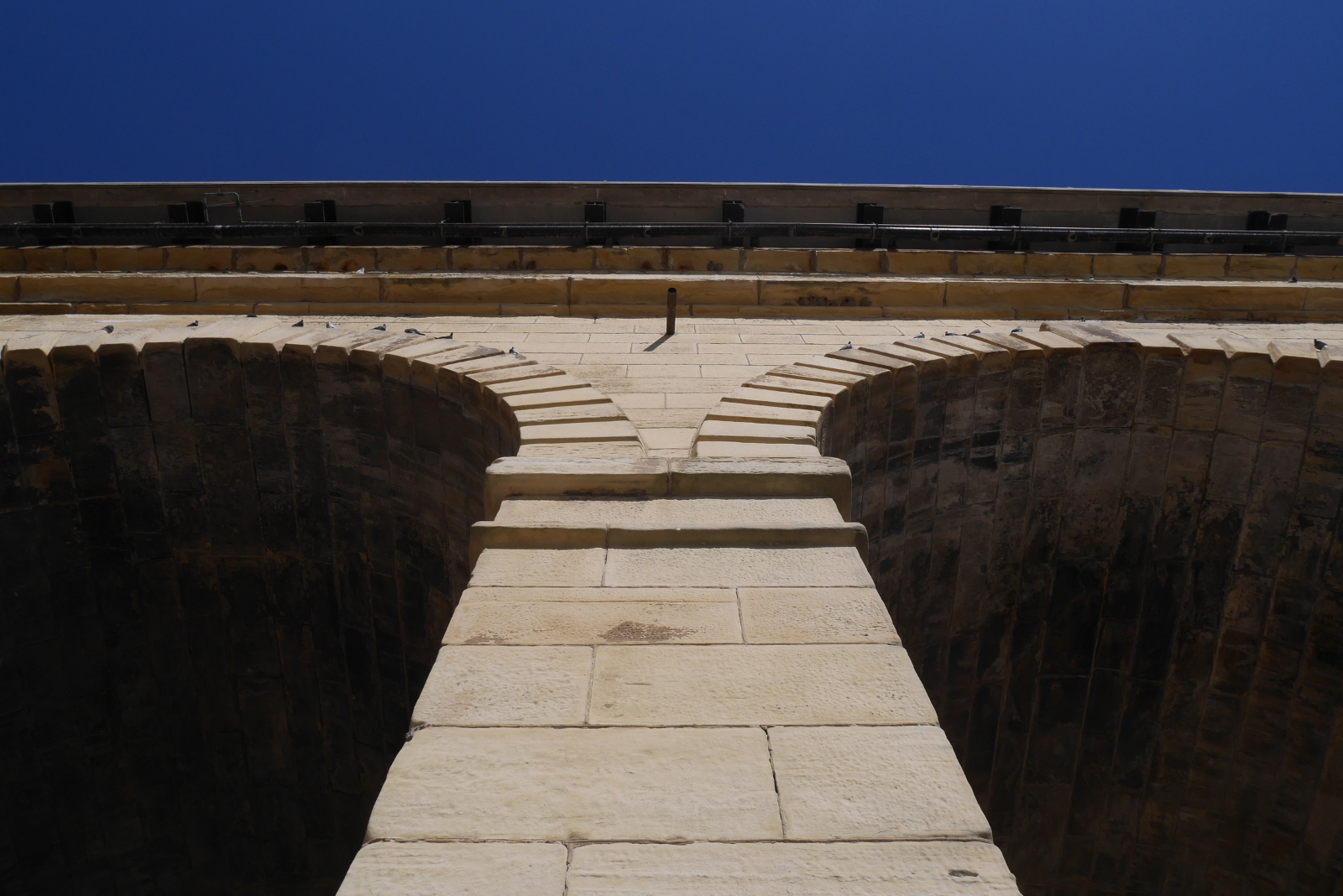
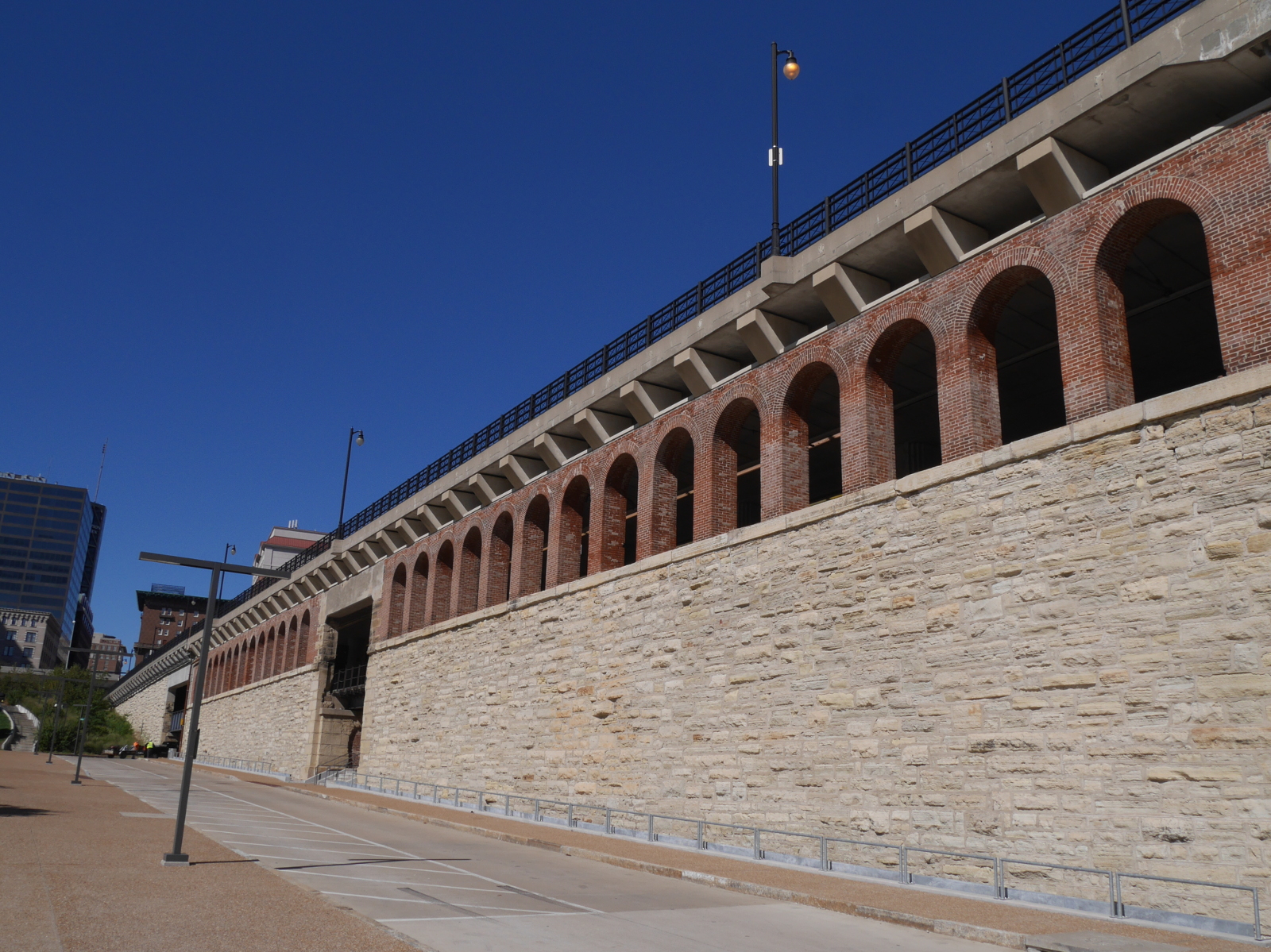
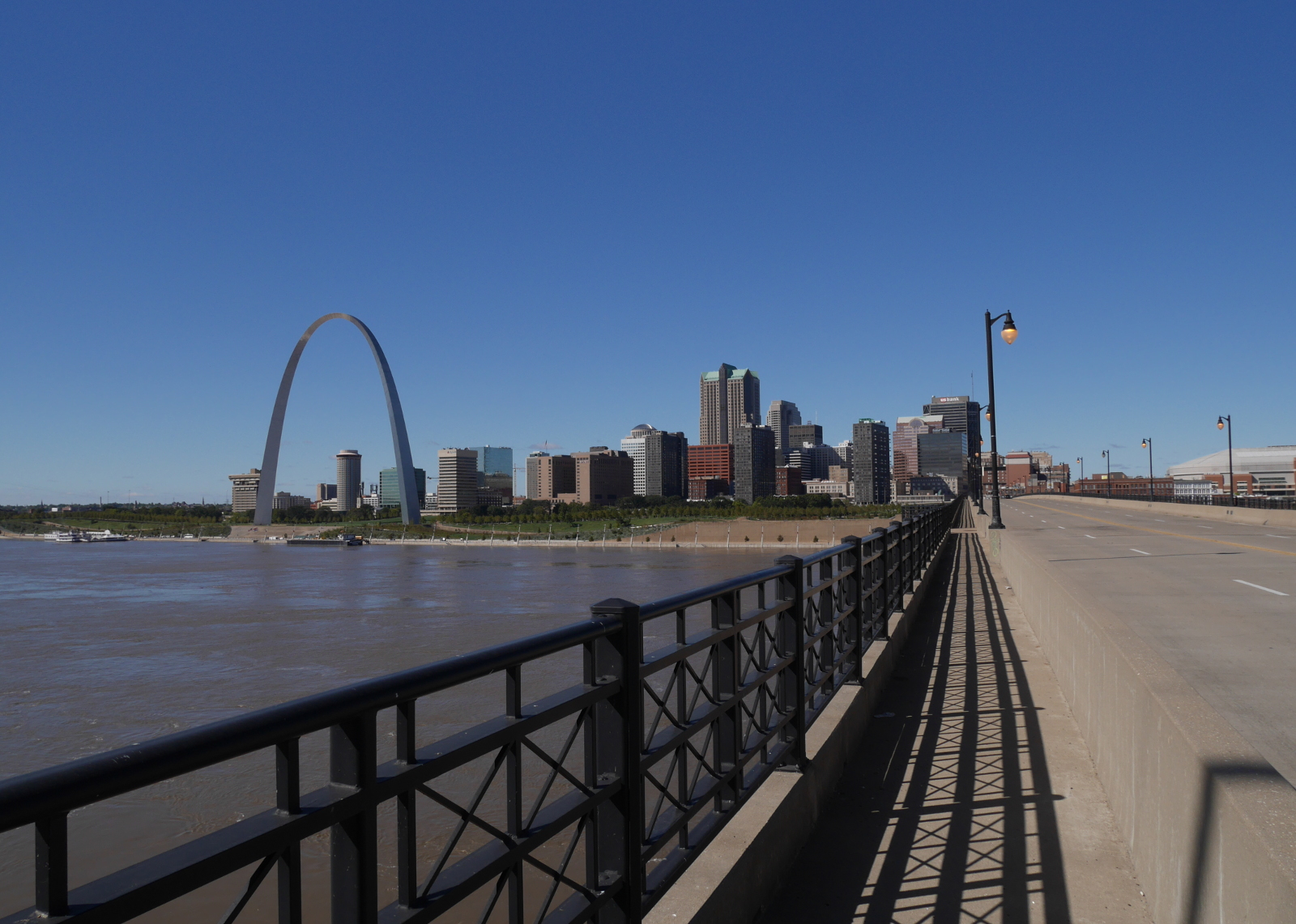
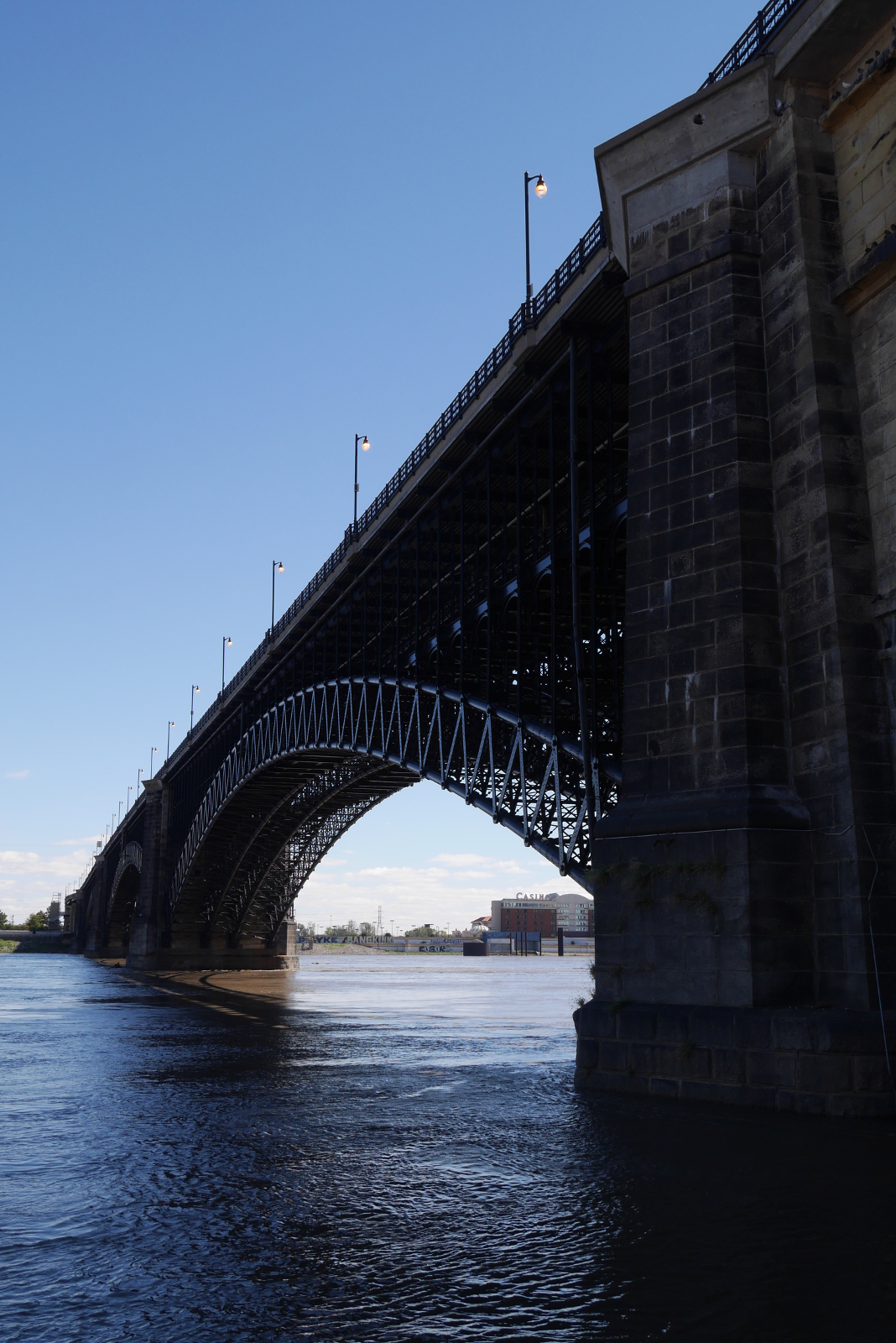


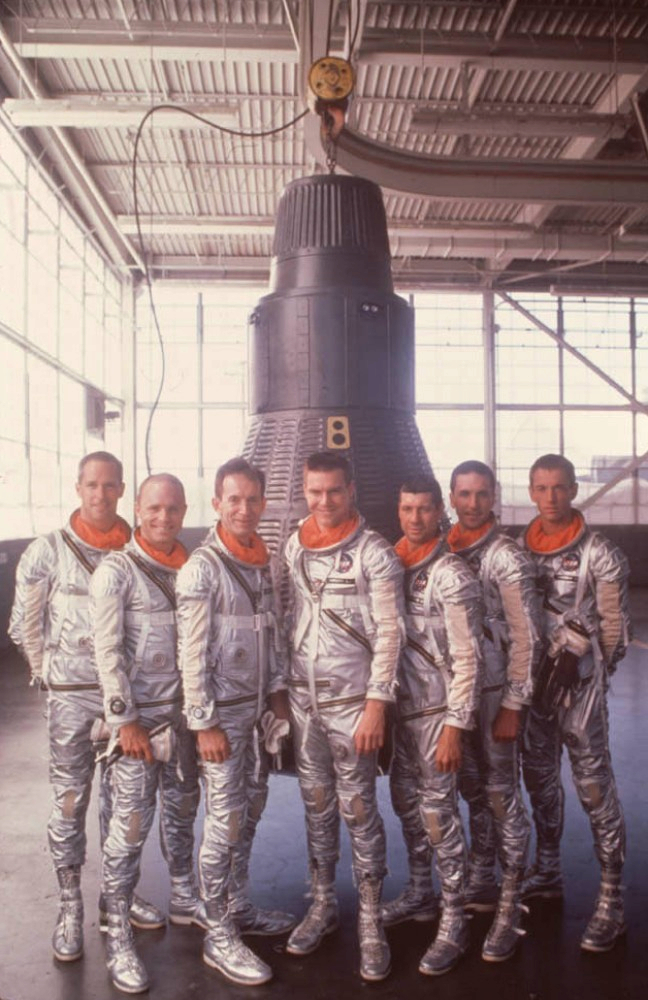

Leave a Reply